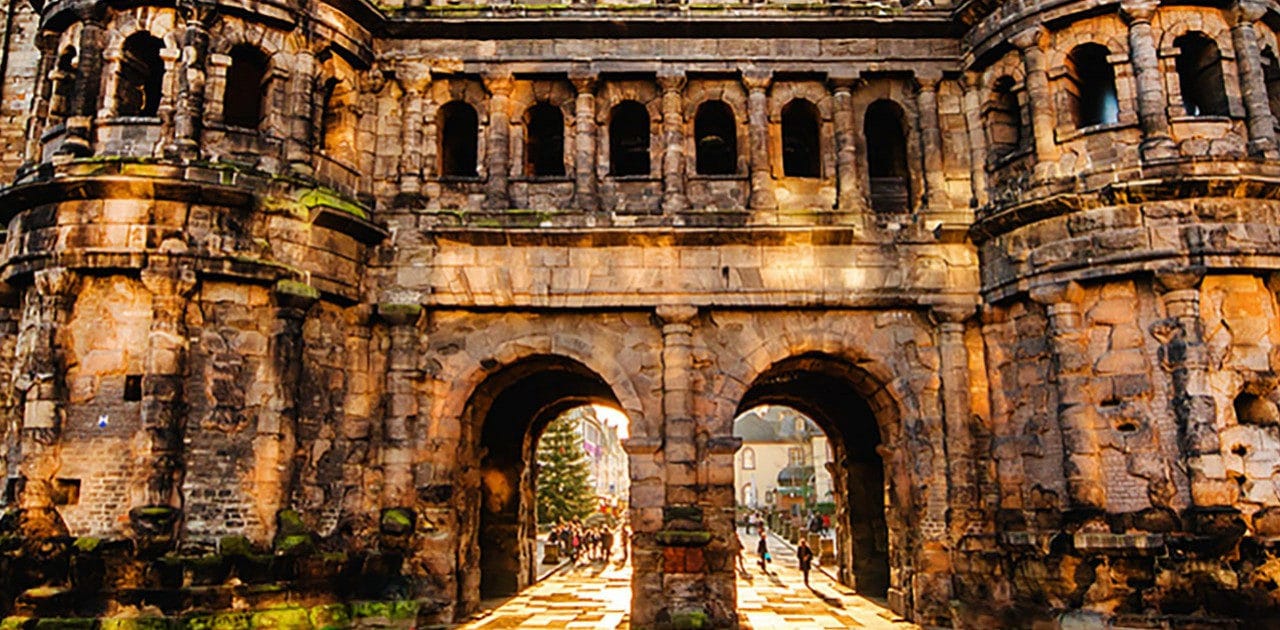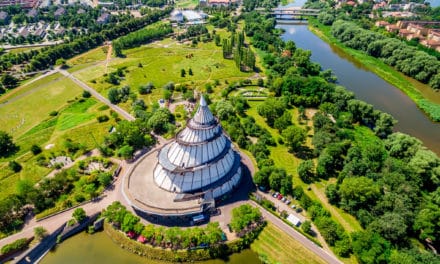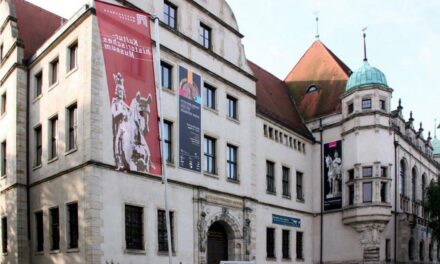When the Romans laid the foundation stone for the Porta Nigra in 170 AD, they could hardly have imagined its success story. After all, the city gate was only one of four in Trier at the time - and one of many in the entire Roman Empire. Today, around 1850 years later, the "Black Gate" is the best-preserved Roman city gate north of the Alps and THE Sightseeingction when it comes to Roman rule in what is now Germany.
So it doesn't matter that we don't know exactly what the Romans themselves called the Porta. What we do know is that it has been called Porta Nigra for at least 900 years. It has been a UNESCO World Heritage Site since 1986. And we have been its biggest fan here in Trier for ages. But of course we are happy to accept other groupies into our club. Prerequisite: you must have experienced our "Pochta", as the people of Trier call her, live. They must have felt its stones, climbed its heights and experienced its contrasts. You must have walked from the light-flooded corridors on the upper floors to the dark rooms on the first floors. You must have discovered its secrets, from the monumental blocks of antiquity to the filigree reliefs of the Baroque period. And you must have felt a little dizzy as you stood in the inner courtyard of the Porta and tried to grasp its size as you looked upwards. We promise you: You'll get those shining eyes all by yourself.
TIP:
"The Mystery of the Porta Nigra": With a real Roman centurion, played by a professional actor, you embark on an exciting and entertaining journey into the past. You defend the Porta against attacking enemies, oil up your dangerous-sounding soldier's voice and get a taste of the tough everyday life of a centurion.

















